Maren Conrad’s murals bring color and life to Sacramento’s back
alleys, making them feel safer while also inviting play,
according to the artist who paints them.
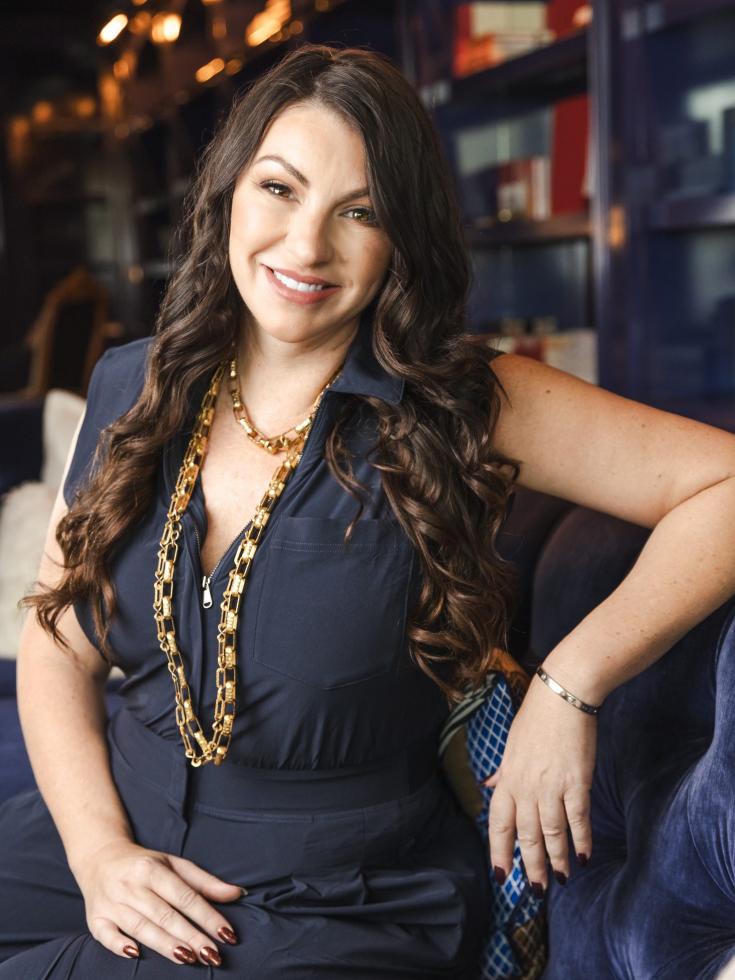
Maren Conrad creates safe spaces for women in the most unlikely of places. Her large-scale urban murals bring color and energy to the city’s back alleys, inviting play and interaction where “the worst of humanity” is often on full display, according to the artist.
Conrad describes how the process of creating these murals, often with a crew of other women, creates connection.
“You are a part of humanity, creating spaces for women in places that women were never thought of to go. Which, also, the impact of that is nobody would’ve ever gone to an alley to take a picture ever. And then you have all these people, women and children going to take selfies in what otherwise would be a crappy, horrible alley that has needles … in these places where the worst of humanity, the most desperate, the most thrown away, the least thought of parts of us inhabit. All of a sudden you give care and intention and love to that,” Conrad says.
Before painting murals in alleys, Conrad got her start creating custom art for a Beverly Hills home. Despite earning the “biggest paycheck of my life,” Conrad says that she felt something was missing. “This was what I thought was my mountaintop, and it felt like a letdown even though it couldn’t have gone any better.”
Making the switch from private commissions to public art that “no one owns,” Conrad painted her first mural for Wide Open Walls in 2017.
Conrad’s bold murals have received much acclaim, including her 16th Street mural depicting the titular protagonist from 2017 Greta Gerwig film “Lady Bird,” which was set in Sacramento. The mural received local and regional news coverage (including gracing the August 2018 cover of Comstock’s magazine) and was even shared on the film’s official Instagram page.
In her 2020 TEDx Talk, Conrad explained that following the murder of her husband during a home invasion in 2005, she decided to focus on creating art that reminded her that “life was beautiful.”
Conrad’s 16th Street mural about the 2017 Greta Gerwig film “Lady
Bird,” which was set in Sacramento, received ample press after it
was shared on the film’s official Instagram account.
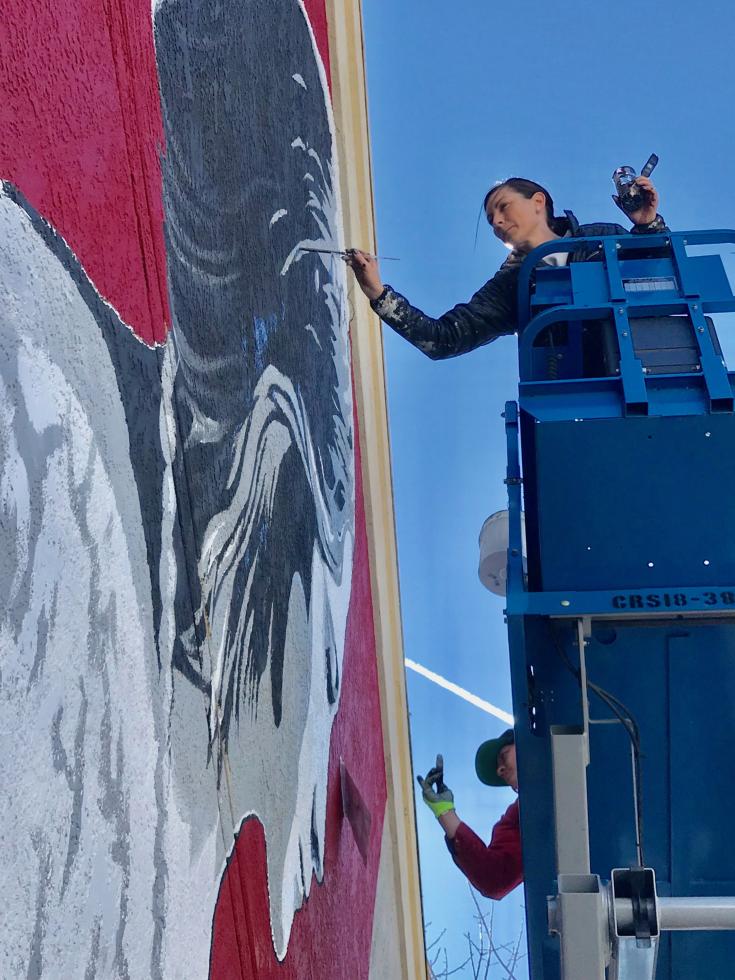
“I needed to remember that hope wasn’t lost. I needed to remember that even though something so horrible had happened that there was a future to go forward to, and so in the darkest places, I invite women and children to come paint with me.”
Along with creating spaces for women to enjoy art, Conrad’s art often highlights women and shares their stories. In her 2013 project “Politically Vulnerable,” Conrad painted prominent women — the likes of Maria Shriver, Linda Ronstadt and Nancy Davis — who were married to or in sexual relationships with California politicians and publicly spoke about it. The artwork received national and even international attention when the show was pulled at the last minute from the Vanguard nightclub, after a female lobbyist found issue with the theme. Despite the controversy, the art was intended to amplify the stories and voices of these women.
Conrad’s latest project, the Jacquelyn, is creating space for women in a different way. The two-level private club features design elements from both old world and more modern design, with a Bauhaus-inspired glass front entry and lush interiors. A few months after opening, the club’s membership base is 75 percent women and provides members opportunities for “transcendence and purpose,” according to Conrad.
Conrad’s latest project, the Jacquelyn, is a Bauhaus-inspired
two-level private club with a membership base of 75 percent
women, providing members opportunities for “transcendence and
purpose,” according to Conrad.
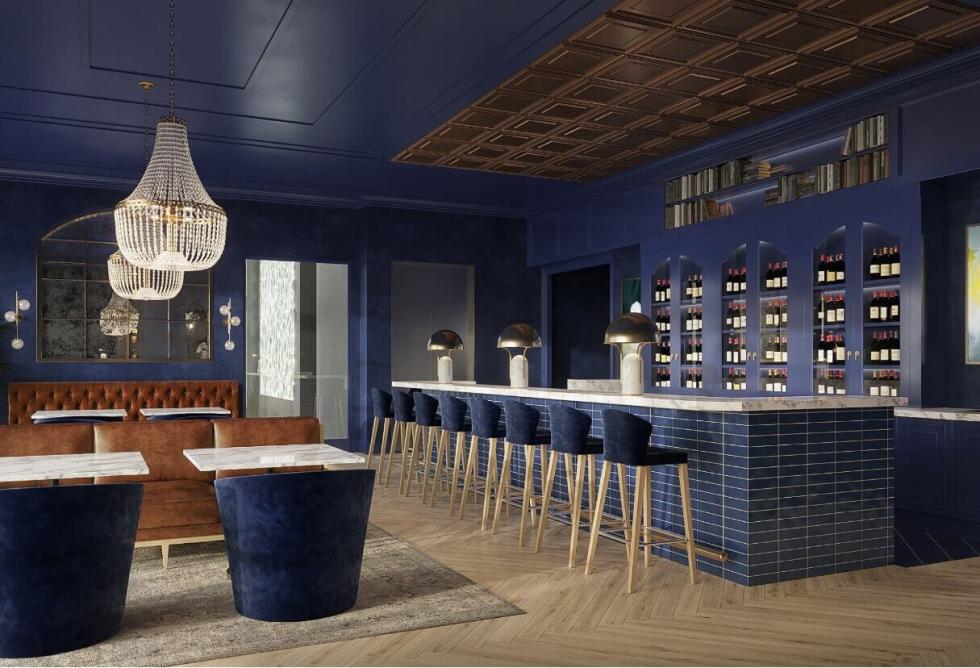
There are places to take naps or a relaxing bath, read inspiring literature, view art and eat or drink while in conversation with other members. Conrad, who is CEO of the club, sees this space as not only a place to rest, recharge and connect, but as a potential catalyst for positive change.
“Through this club, there’s opportunities for transcendence and purpose and everything else on the Maslow’s Hierarchy of needs,” Conrad explains, adding that opportunities for healing and new ways of thinking allow members to “drop into oneself.”
“So no matter where you are, you’re at home because there’s a peace within you. And that’s really wonderful,” Conrad says.
The idea to create a private social club was born when Jim Anderson, husband of Conrad’s friend and the club’s namesake Jacquelyn Anderson, approached Conrad about what to do with his wife’s art after she lost her battle with cancer. After several iterations, Conrad came up with the plan to create a social club that would have a legacy of its own and honor her friend.
“It was a way of getting her art in the world,” Conrad said, and would be much more lasting than a gallery exhibition.
The club boasts spaces to take naps or a relaxing bath, read
inspiring literature, view art and eat or drink while in
conversation with other members.
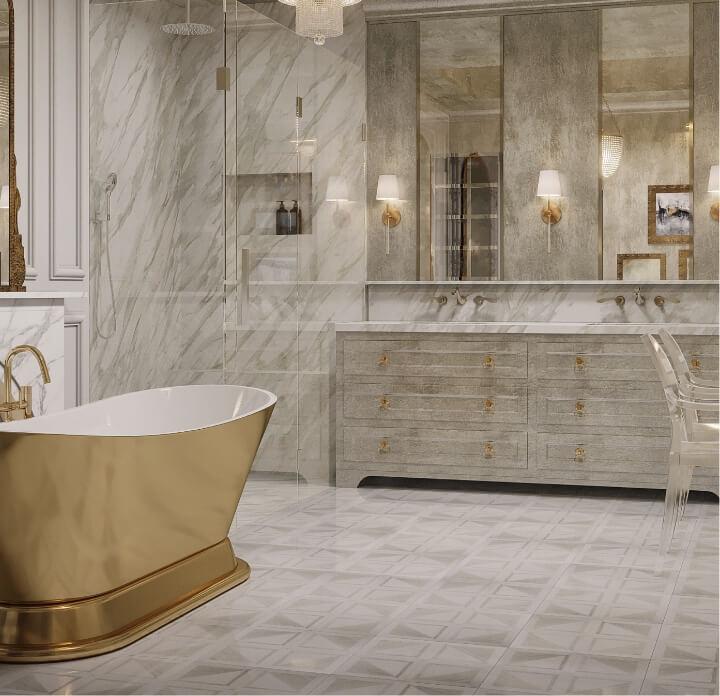
Anderson purchased the property and funded construction of the building, which Conrad conceptualized and designed. It wasn’t her first experience with interior design, however, as she had previously co-owned an interior design business, Prosper Design Studio, with the Jacquelyn’s COO and Conrad’s long-time friend, Elizabeth Wood.
In between mural work for both public spaces and private clients, Conrad supplements her income with interior design jobs. Now she runs the Jacquelyn with an all-female leadership team including Wood and another long-time friend, Mary Daffin, who is referred to as “Chief Fun Officer.” As a co-owner, Conrad has ownership of the food and beverage portion of the business, as well as intellectual property for the club.
Why do you think it is important for you to create these safe spaces for women and also create space for women to be seen? What about that is so meaningful to you?
I think women are taught from a very young age to be polite, to be kind, to not to be too showy, to not be too much, to be humble, to not be themselves, to not express what they’re feeling, to never show anger. And I think it creates (an environment) where the household isn’t a safe space. It’s a space where actually most women are “on,” you’re managing children and pets and spouses and partners and the household stuff, and you’re not allowed to lose your shit. And home is work, too. …
Where do you go to be taken care of? I mean, who’s momming the mom? And I think it’s really important. I think it’s really important for women to carve out space to feel and to be heard and to be listened to and to not have to be performative. I mean, a huge thing in creating the Jacquelyn was going around and asking women, “Where do you get love? Where do you get love in your life that’s outside of just your immediate family?”
I know that the Jacquelyn was named after a friend of yours who died from cancer. I thought it was really amazing and beautiful what you said, that she wasn’t done creating and that she’ll create through your hands for the rest of your life. That’s such a powerful promise to make. Can you explain how you see that happening, either through the club or through your art and how the club would honor her memory?
Jackie was not my best friend. She wasn’t even a super close friend, but she was a friend and she was somebody who I really cared about. And this really was rooted in that she was scared to have an art show. And I’m like, “Jackie, you’ve been creating your whole life.” … So I talked her into having an art show with me before COVID happened, and then COVID happened, and then she and I actually both got cancer at the same time. I had melanoma and she had stomach cancer, and mine could be removed, and hers couldn’t.
And then I thought about what I would be most sad about. What would it be that would be so hard to let go of? And truly, it was my son and the thought that I would never create again, that all these ideas I had, I would never see to fruition — because I live to create, I’m a painter. I’m an artist, even though I’m not painting right now. … It’s why I’m excited about living. And so I wrote Jackie’s love letter because the most compassionate thing I could do for a fellow creator was to try to allay a concern that she might be having, which was, “You’re not done creating. You’ll create through my hands.”
It was a promise: “And I’m going to get you that art show. You will have that art show. I promise to get your work into the world, and you will create through my hands for the rest of your life. You’re not done. You’re not done.”
Conrad’s “Lady Bird” mural is located at 907 16th Street in
Boulevard Park.
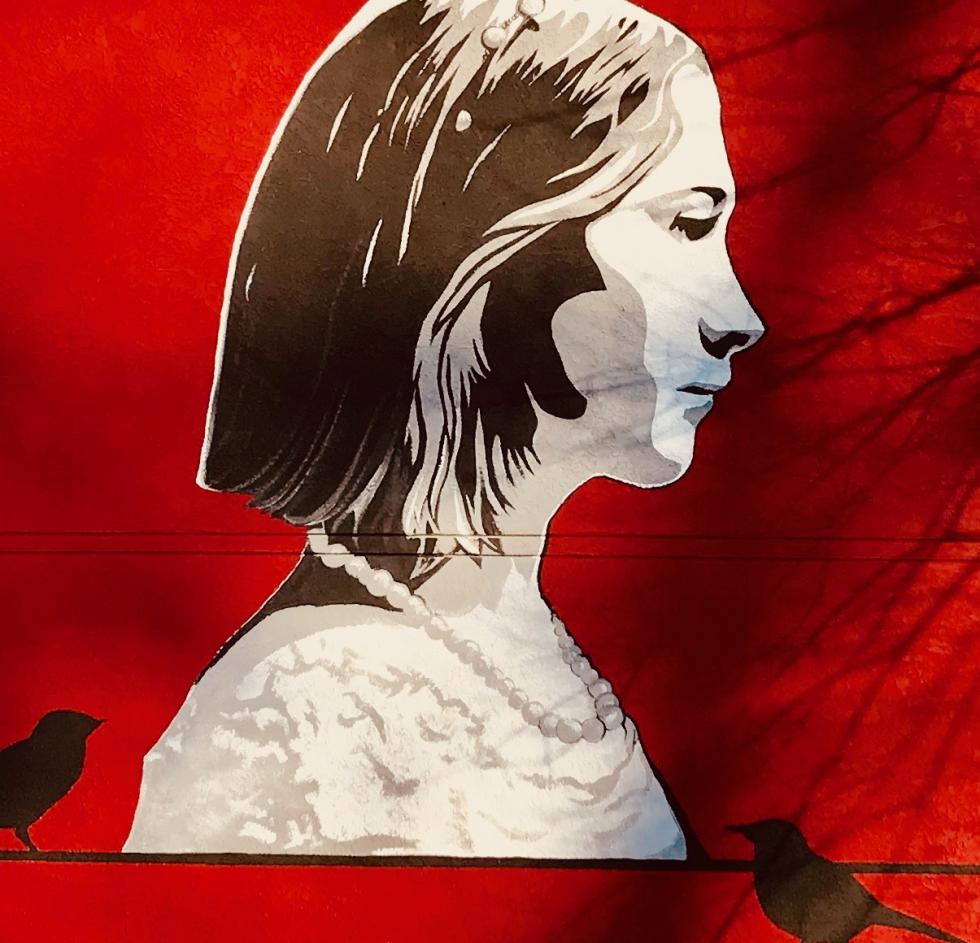
And in that it wasn’t just about her art, it was about her. She was a really good friend. She really showed up for people. She was a safe space. She was the least gossipy person ever. She died with everybody’s secrets… literally took it to the grave. And how you show up to be like that, her love language was gift giving and mine is similar.
In gifts, there’s something that (says), “I thought of you when you weren’t around, and I bought something purely for you that I don’t get to play with.” And that is true generosity in a really lovely way. And that was Jackie. She did that a lot for a lot of her friends. And how could I give something that was a gift that wasn’t disposed of or thrown away or contributing to the climate crisis and all the other things to think about, which is just the gift of getting to show up every day to a place where you’re known and seen and loved. That’s the best gift in a beautiful package, which is the building, which is the Jacquelyn.
Tell me more about the inspiration behind the design of the building.
This building is inspired by how the world changed a hundred years ago, because of how life can change in an instant and how Jackie’s death changed a lot of lives in an instant with her not being here anymore. So that was really top of mind.
So (we) created a space that’s modern and traditional and a space that’s giving. We put $1.2 million into AV and monitors and everything to be able to properly show the work of digital designers to be shown on monitors. And that was Jackie’s medium. So it felt like a really cool gift to give digital designers and animators and creators, and Jackie is honored by just putting in the infrastructure for them to have a place to show their creations, to have an art show for the first time in their life, because most museums and galleries don’t have the infrastructure to show work on monitors.
Is the Jacquelyn open to the public?
Four times a year the Jacquelyn opens to the public for (an artist-in-residence reception), which is the only times it’s open to the public. The wine cellar, the bar-restaurant downstairs, is open to the public after three o’clock every day. But the rest of the club is shut down other than four times a year when the public is invited in to celebrate our artist in residence and see their work.
Do you think you’re going to keep doing murals, or are you transitioning to something else?
I think I’m good. I think I climbed that mountain top. I think if I had anything I had to prove to myself, I proved it. And I think sometimes I ended on a high note.
I never say never, but I don’t have a calling to do that right now, actually. I have a calling to produce some studio work again.
So what kind of art are you called to make right now?
I actually just want to go back to resin work, and I’m really interested right now in transmutation. … Snakes are most identified with a concept of transmutation in symbology, which is just this needing to shed your skin and your baggage and your old self to become your glistening, larger self. So, actually, snakes (in order) to grow, they have to shed their skin and create new skin. And how there’s just the surrendering of baggage that we as spiritual growth or human growth and development, we have to shed our old selves or old ways or old habits, or sometimes our old relationships, the things that are holding us back, because you have to shed that to actually grow as a human.
Conrad’s mural of entertainer Mr. T, located at 204 23rd Street,
allows viewers to interact by hanging from or even sitting in the
3D chains around his neck.
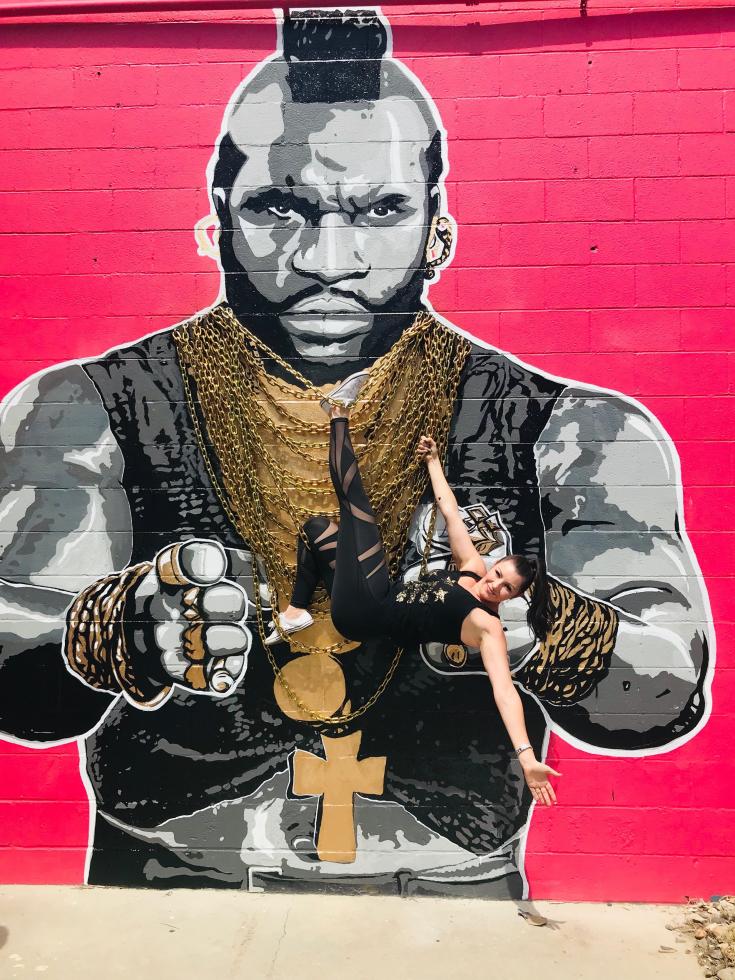
I think (this) is a really interesting concept that I feel like, definitely this process of the last three years of my life has been a lot of that. (The Jacquelyn) has not been an easy project, and I’ve had to walk through the grief of the husband I lost, going back, and there was so much of that I hadn’t really processed, and I guess I wasn’t ready to. It took Jackie’s death and helping (her husband) Jim through his grief, I think, for me to finally really experience it, make peace with mine.
It seems to me that you’ve used your grief and your trauma to inspire your art, but it doesn’t have a depressing feel.
No, it’s a protest piece. They’re all protest pieces that life is beautiful. Show me the ugly, and I will show you the pretty, and the more sadness and violence that I witness in humanity, the more I want to create something to counter it. And my work is definitely a counter to the ugly. It’s optimism in the face of pessimism. It’s beauty in the face of ugliness, it’s hopefulness in the hopelessness.
Do you think that a way of helping you process your grief and your trauma is by turning it into something beautiful?
Absolutely. I mean, it’s the only way I could survive it. I mean, it was my own ticket out (to) take it, to harness it, to create something that feels better. … And I think some artist’s catharsis is just this fully immersing and entrenching themselves in it, and a catharsis of exorcizing it from themselves by painting those emotions. And for me, I didn’t want to be surrounded by that. I wanted to be surrounded by reminders that it wasn’t all of me and that it didn’t define me, and that there is beauty in life that no one can take away. Even when you feel ugly, you can still create beauty.
That reminded me of another question I had about your murals. You had mentioned with the dandelion piece how you left space intentionally. So with your murals, they have this interactive kind of quality. Was there a reason behind that?
It’s because it’s not finished until somebody plays with it. It’s an opportunity for play and joy, because play and joy are the opposite of sadness.
The dandelion is just about having your wishes come true. Being daring enough to blow on a dandelion and also understanding that your wishes are going to go out in the world, and it could land on concrete, and you might have to pick a new wish, but it’s just having the dare and the play to wish to be hopeful, to be optimistic, to look forward to something in the future, and that the background’s black. Because even in the darkest hour, you still find hope.
Edited for length and clarity.
Stay up to date on art and culture in the Capital Region: Follow @comstocksmag on Instagram!
Recommended For You
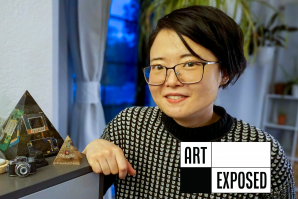
Art Exposed: Muzi Li Rowe
This mixed media artist and photographer explores culture through defunct technology
Whether it’s layers of tiny microchips or rows of dead batteries, each work in Muzi Li Rowe’s Magical Thinking series is like peering into a tiny museum where the most microscopic parts of now-defunct personal technology devices, from old Nokia flip phones to disposable cameras, become individual hallmarks of consumer culture.
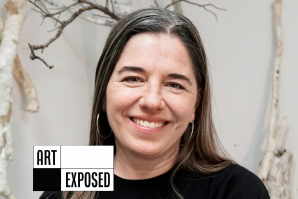
Art Exposed: Jodi Connelly
Meet the artist who uses dirt to explore the connections between people and the environment
Burnout from a 10-year career working in the nonprofit sector in Brooklyn led Jodi Connelly to a creative breakthrough in her art practice.
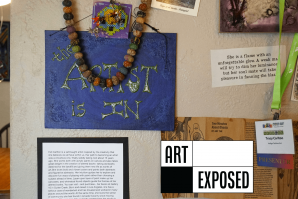
Art Exposed: Tracy ‘Indi’ Carlton
Meet the Amador County artist who traded in a 21-year nonprofit career to become a creative expression coach
Tracy Carlton took an unconventional path to her art career, launching a as a creative expression coach and teacher last year following a 21-year career at First 5 Amador, the Amador County branch of the statewide nonprofit commission dedicated to improving early childhood development.
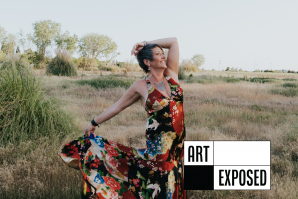
Art Exposed: Carrie Hennessey
The vocalist, instructor and writer emphasizes positive energy and risk-taking, whether onstage or coaching others
Carrie Hennessey has been known to belt out a tune while walking her dogs outside of her South Natomas home, but the neighbors in this otherwise quiet neighborhood don’t seem to mind. She picked up the moniker “Opera Mom” while her two children (now in their 20s) were in elementary school, but there is a lot more to her.
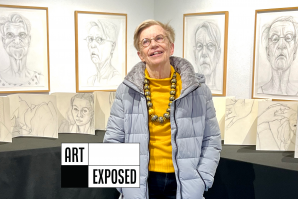
Art Exposed: Betty Nelsen
On the art of how to look in the mirror
In revisiting her early self-portraits, Betty Nelsen has zeroed in on the strongest elements, cropping the drawings into pages that will go into a series of handmade books.
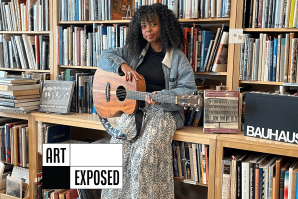
Art Exposed: Beti Masenqo
The musician-singer-songwriter blends folk and rock with the Ethiopian songs of her childhood
When she performs, singer and songwriter Beti Masenqo leaves this earthly plane in a way that seems entirely effortless.
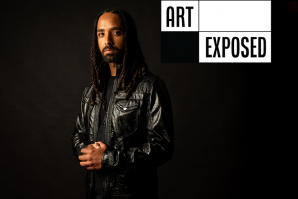
Art Exposed: Unity Lewis
A curator, artist and musician carries the legacy of his grandmother’s groundbreaking work documenting the Black experience
Unity Lewis recently curated a series at Crocker Art Museum that brought his grandmother’s book into the three-dimensional world by pairing works of artists from previous generations with their modern counterparts who will carry the torch.



